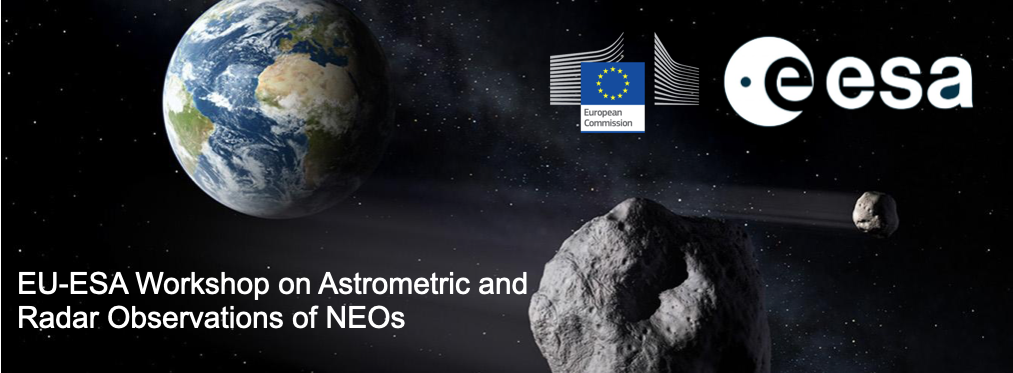Speaker
Description
Searching the sky for potentially hazardous asteroids is typically carried out by dedicated ground-based surveys. These observations face certain limitations, as the telescopes operate in the visible wavelength range and only observe at night. Since optical telescopes detect asteroids via reflected sunlight, objects approaching Earth at very small elongation angles are particularly difficult to spot. With the aim of detecting these objects and provide a sufficient warning time in case of an impacting event, the NEOMIR mission, a telescope placed in the Sun-Earth L1 and observing in the mid infrared, is proposed.
The work focuses on the quality of NEOMIR’s data and the possibility of producing precise orbit predictions out of them, determining the impact time and location of the identified objects. The possibility of following-up the objects from the ground is also explored. In particular the study assesses how the NEOs’ orbits’ uncertainty evolves with time as a function of NEOMIR’s observational arc and astrometric precision, assumed to be of 0.2”. A number of 163 synthetic impactors is analyzed and observations are simulated as taken from ACE, spacecraft in an orbit representative of the NEOMIR’s one. All observations are filtered based on NEOMIR’s detecting capabilities, and processed through the FindOrb software, generating the orbital solution and associated covariance matrix. A Monte Carlo simulation is performed for each object to explore its uncertainty area and assess its impact probability. Based on the produced solutions, ground-based observations are also simulated and included in the study; improvements in the results are analyzed.
We concluded that NEOMIR would allow to distinguish NEOs from innocuous objects and to determine a limited impact corridor, but not the exact impact location. Additional ground-based observations are paramount to ensure determination of the impact point. Based on the current telescopes’ capabilities we obtain that 2/3 of the considered objects can be re-observed from the ground.

